If you’ve ever watched a line of ants marching across your kitchen countertop, you might have wondered what on earth they’re up to. Maybe you felt a pang of annoyance, or even tried to squash their tiny parade. But what if I told you these little creatures are hiding a genius beneath their six-legged hustle? Ants in your HDB flat aren’t just random pests—they’re master strategists, resourceful survivors, and social marvels. You might be surprised to discover that the very ants invading your sugar jar are running tiny, bustling societies more sophisticated than you’d ever imagine. Their world is a hidden universe of teamwork, communication, and even a touch of cunning that would make any human proud. Let’s shrink down and step into their miniature metropolis to see what’s really going on.
Ants: The Original Urban Planners
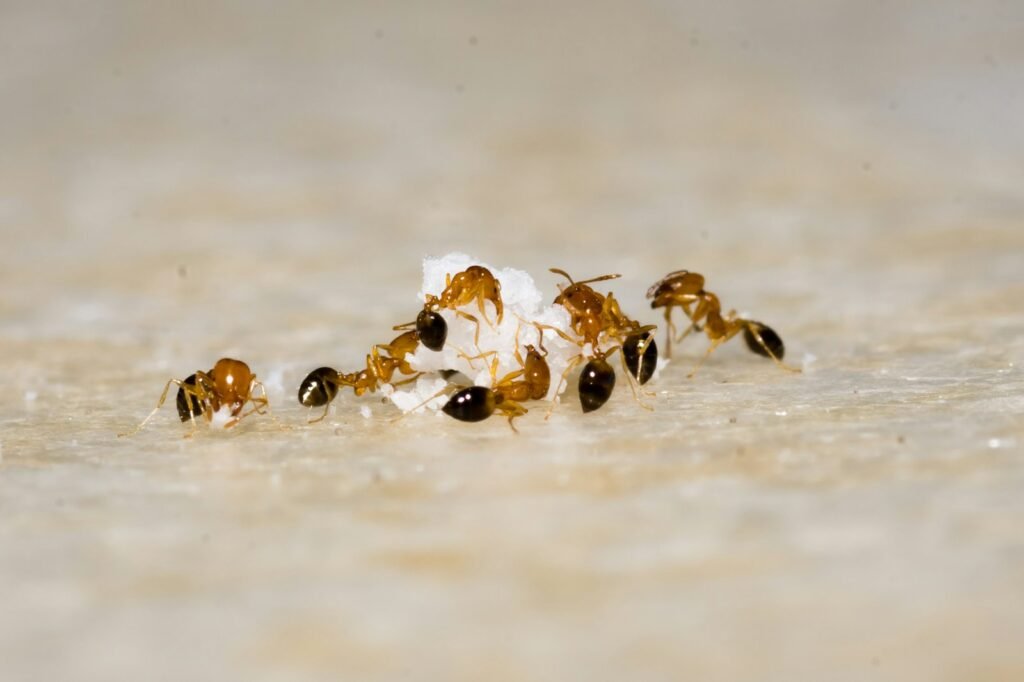
Ants don’t just wander aimlessly around your living space. These insects are skilled architects, building elaborate nests in the tightest cracks and corners of your HDB flat. Each nest is designed for efficient movement and safe storage, with tunnels and chambers that rival the complexity of any modern city. The way they choose nest sites shows remarkable foresight, often favoring warm, dry areas close to food and water sources. When a colony outgrows its home, workers coordinate mass migrations, carrying their queen and young to new locations with military precision. No professional architect could draft a more efficient relocation plan.
Communication Without Words: The Ants’ Secret Language
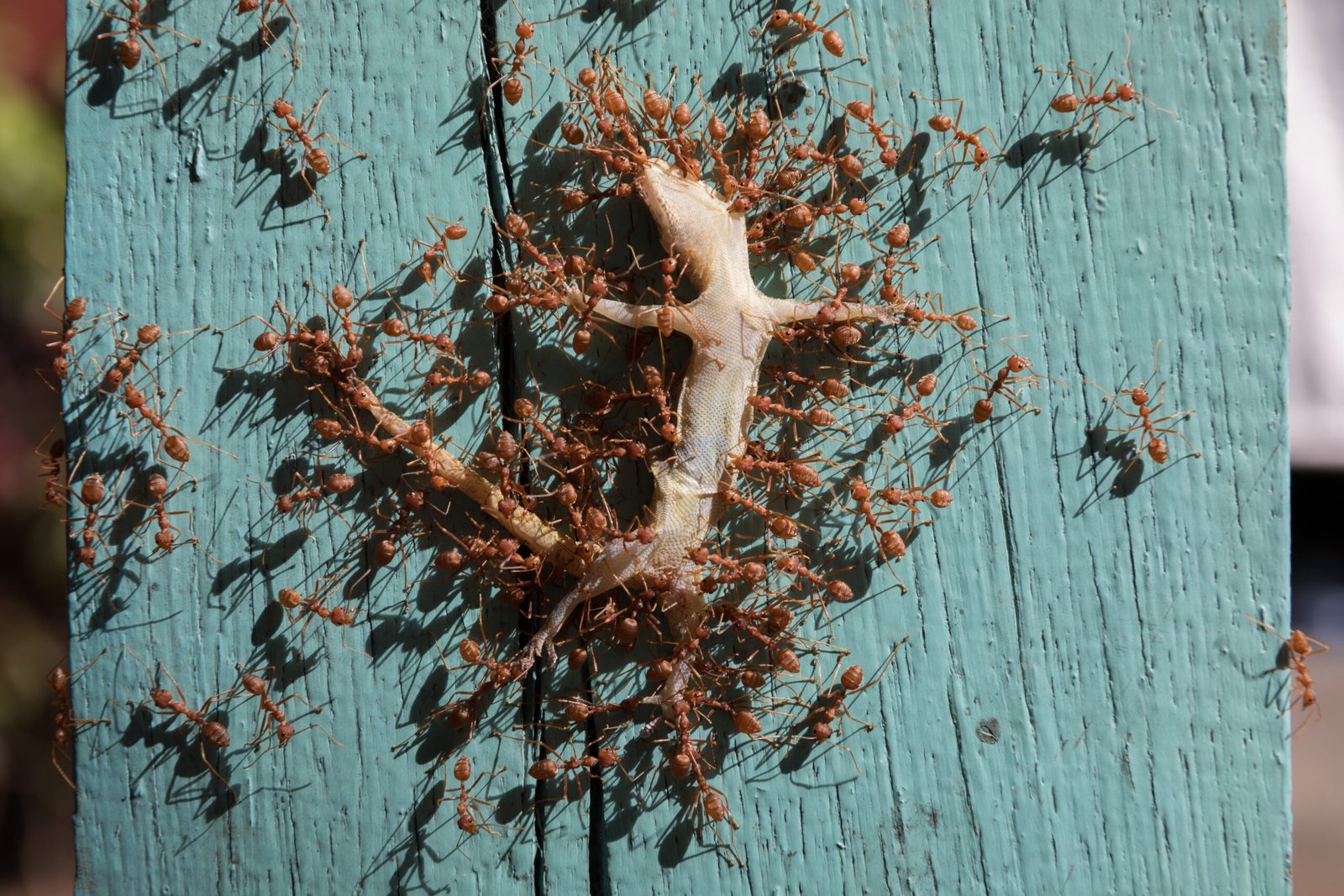
Forget texting or WhatsApp groups—ants have developed a chemical language that puts our digital messaging to shame. They communicate by laying down pheromone trails, leaving invisible “notes” for their nestmates to follow. When a worker finds a crumb in your pantry, she races back, marking the route so others can find it too. The more ants use the trail, the stronger the scent becomes, guiding the whole colony like a GPS system. This sophisticated system allows them to coordinate tasks, warn of danger, and even organize rescue missions if a member is injured.
Teamwork Makes the Dream Work
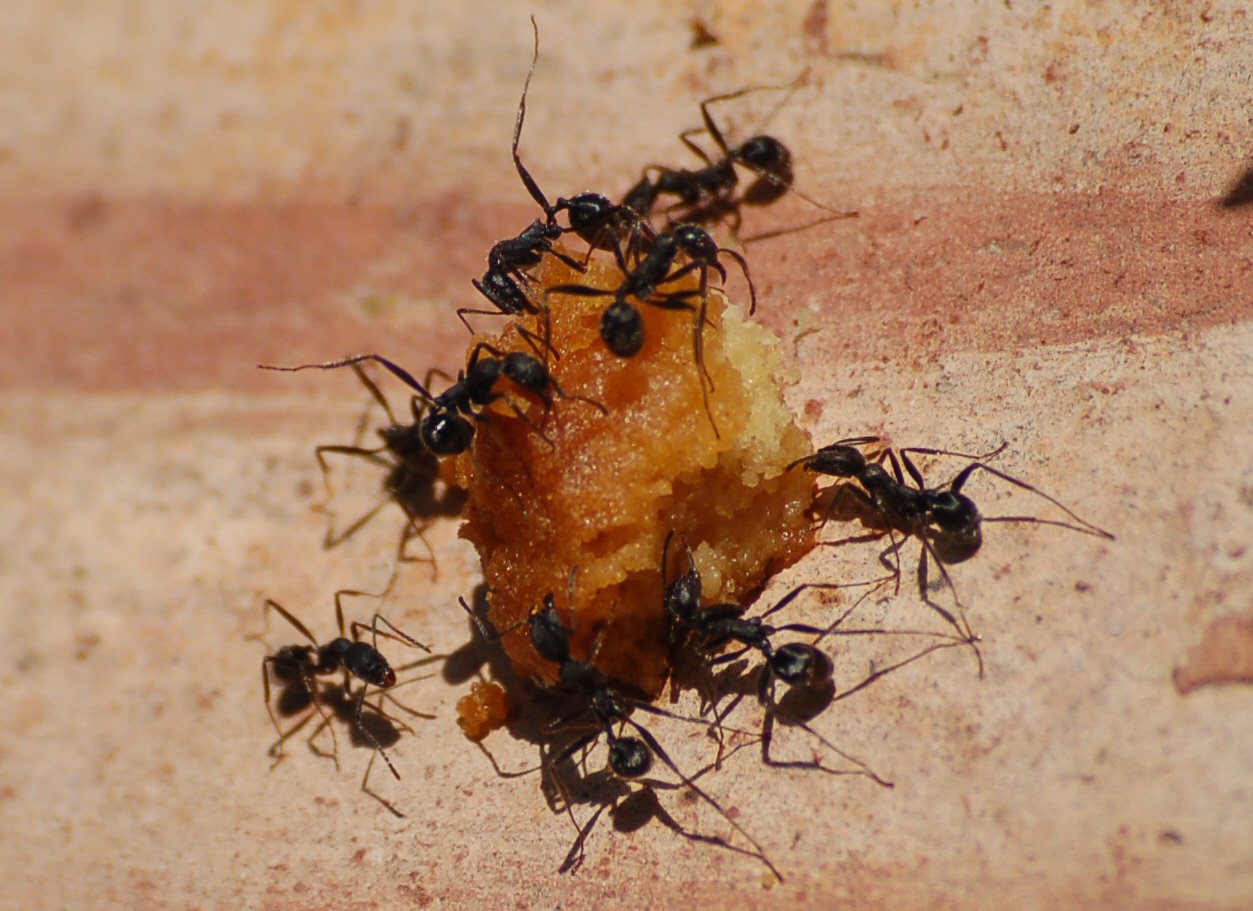
Ants are the ultimate team players. Every member of the colony has a role—some are foragers, others are nurses, soldiers, or builders. They work seamlessly together, never needing a manager to oversee their duties. If one ant is struggling to carry a heavy piece of food, others will jump in to help, lifting weights many times their own body mass. This spirit of cooperation means ants can achieve tasks that would be impossible alone, and their collective success is a testament to their social intelligence.
Adaptive Problem Solvers
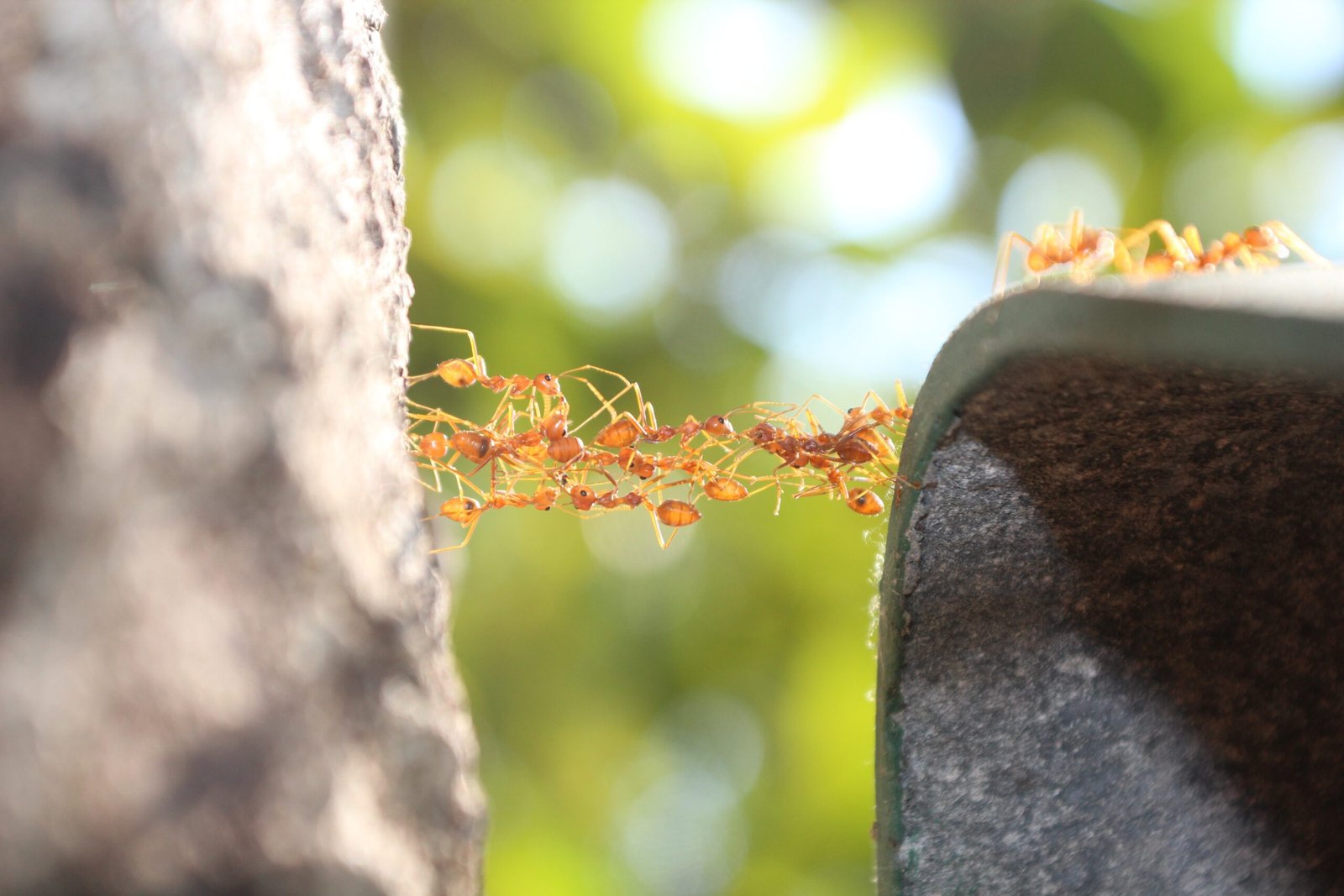
When faced with obstacles, ants don’t give up—they get creative. If a trail is blocked, scouts quickly search for alternative routes, laying down new pheromone paths as needed. Some species even create living bridges with their own bodies to cross gaps. In your HDB flat, you might notice ants suddenly appearing in new places when you block their usual entryways. This isn’t random—it’s a direct result of their ability to adapt, experiment, and solve problems in real time.
Masters of Resource Management
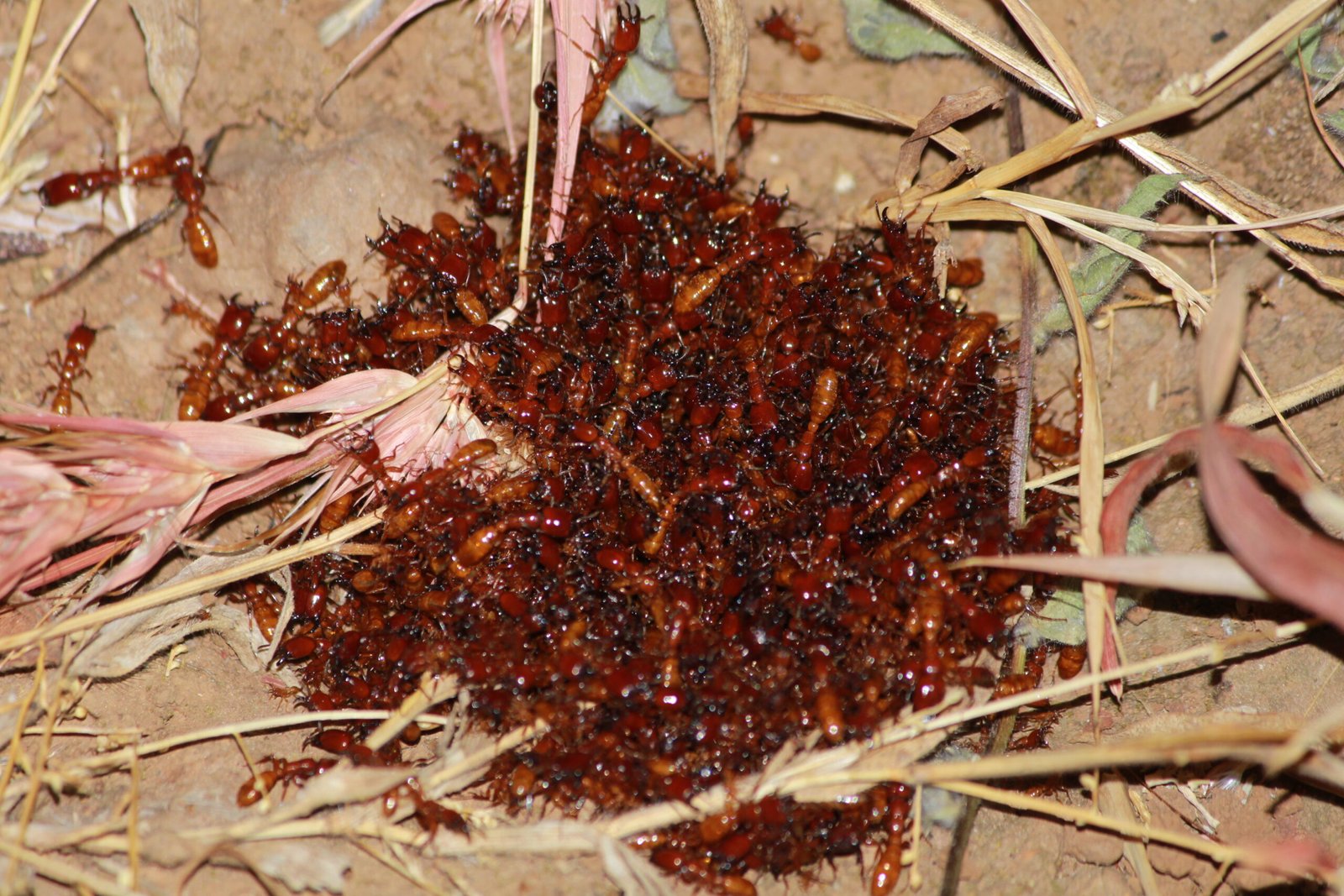
Ants know how to make the most of limited resources, a skill that would impress any economist. They store food in special chambers, ration supplies during lean times, and assign more workers to foraging when food is scarce. When there’s plenty, they cut back on risky outside trips to conserve energy and avoid danger. This careful balancing act ensures the colony survives both feast and famine—a lesson even humans could learn from.
The Ant Colony: A Superorganism
An ant colony behaves like a single, living being—a “superorganism.” Each ant acts like a tiny cell, contributing to the health and survival of the whole. Decisions about where to move, how to allocate workers, or when to defend the nest aren’t made by any one leader. Instead, they emerge from the combined actions and signals of thousands of individuals. This decentralized intelligence makes the colony incredibly resilient, able to adapt quickly to changing conditions in your flat.
Ant Memory: More Than Just Instinct
It’s tempting to think ants act purely on instinct, but research shows they’re capable of learning and remembering. Ants can recall the layout of your kitchen, the location of food, and even past dangers. If you’ve ever tried to wipe out a trail, only to see the ants return a week later, you’ve witnessed their surprising memory in action. Some studies suggest ants can even learn from each other, passing on knowledge through social interactions.
Efficient Foraging Strategies

Ants don’t just wander around hoping to stumble on food—they use advanced foraging strategies to maximize their finds. Scouts explore new areas, while followers stick to proven routes. If a new source is discovered, the colony quickly shifts resources to exploit it. This division of labor and rapid response helps the colony outcompete rivals and ensures a steady supply of snacks, even in the unpredictable environment of an HDB flat.
Ants and Waste Management
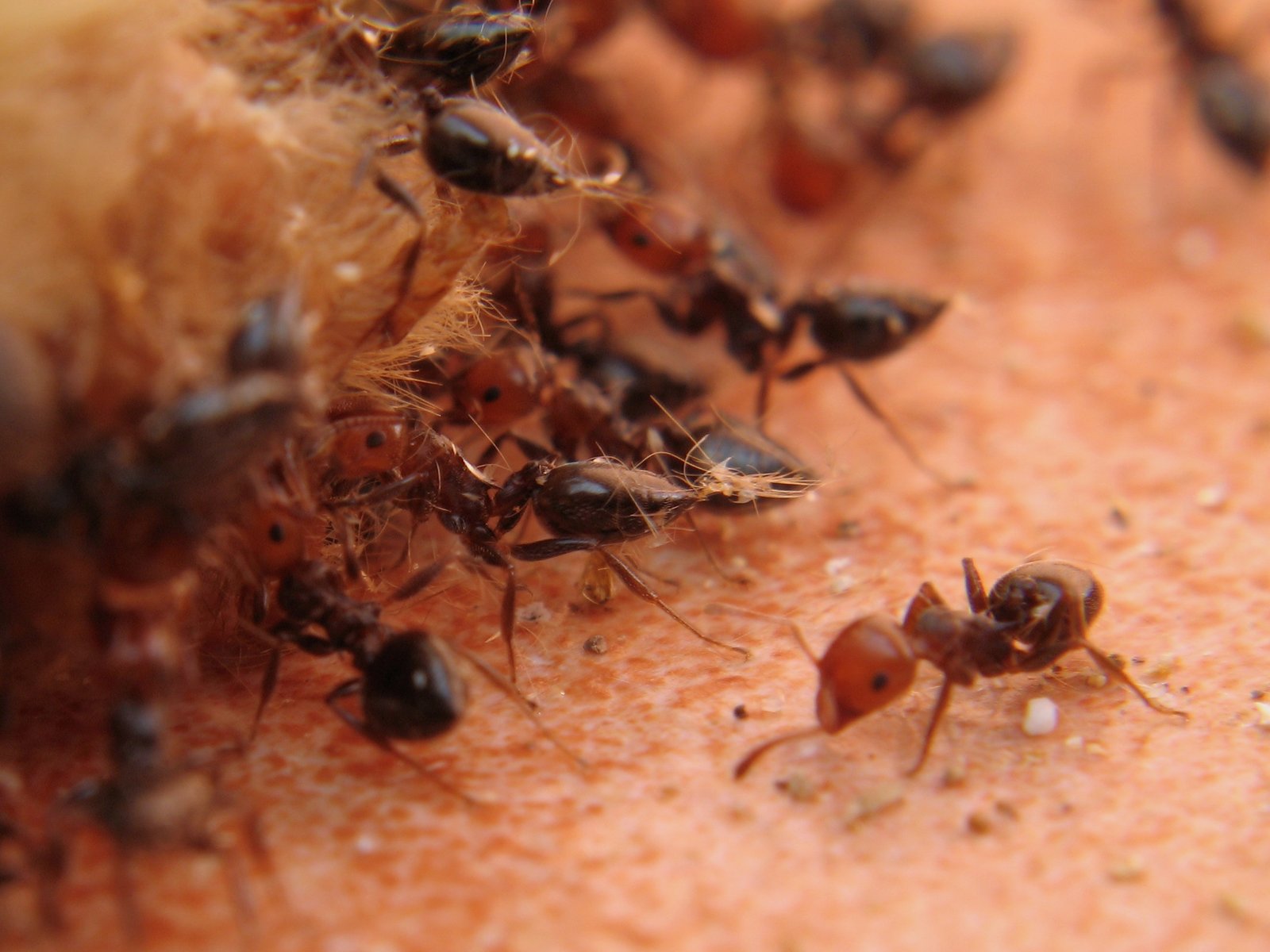
A messy colony is a doomed colony, and ants are meticulous about cleanliness. Specialized workers remove waste and dead bodies, depositing them in designated “garbage dumps” far from food and young. This careful sanitation reduces the spread of disease and keeps the nest environment healthy. In a weird way, their approach to cleanliness rivals the most fastidious human housekeeper.
Ants as Pest Controllers
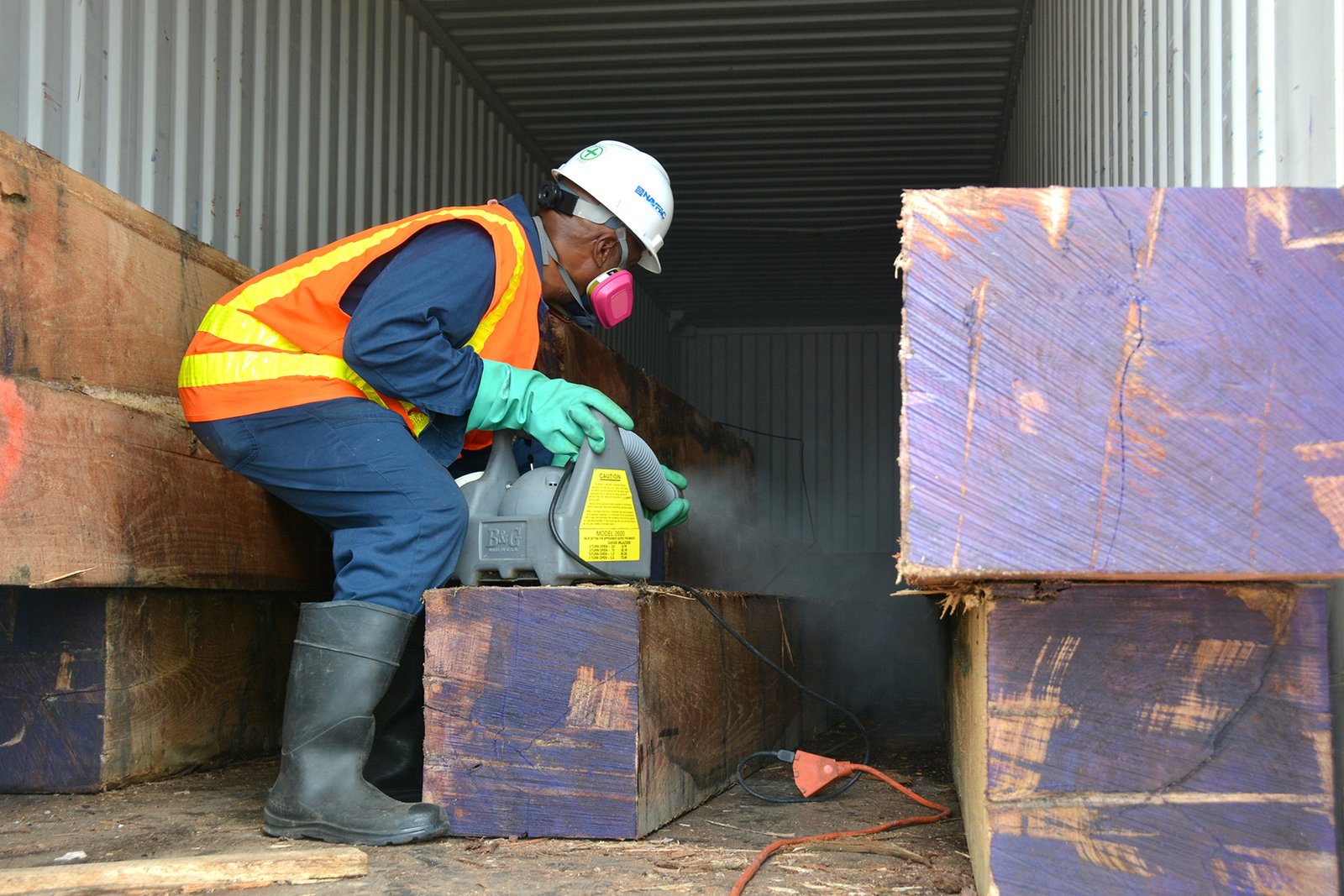
As much as we see ants as pests, they’re also nature’s own pest controllers. Many species hunt termites, cockroach eggs, and other unwanted bugs. Their presence can help keep the balance of other insects in your home in check. In some cases, encouraging certain ant populations can be a natural alternative to chemical pest control, reducing the need for harsh sprays and poisons.
Ant Farming: Fungus and Aphid Herding

Some ants take resourcefulness to the next level by actually farming inside their nests. Leafcutter ants, for example, cultivate fungus as food, carefully tending their tiny crops. Other species herd and “milk” aphids, protecting them from predators in exchange for sweet honeydew. This mutualistic relationship is a fascinating example of animal agriculture, played out on the smallest scale in the nooks of your flat.
Defensive Tactics: Warriors of the Flat
Ants may be tiny, but they’re fierce defenders of their home. Soldier ants have powerful jaws and will bravely confront much larger threats. Some species deploy chemical sprays or even sacrifice themselves to protect the colony. If you’ve ever tried to wipe out a nest, you know how quickly the ants rally to defend their territory. Their courage and loyalty would put any guard dog to shame.
Ants and the Power of Altruism
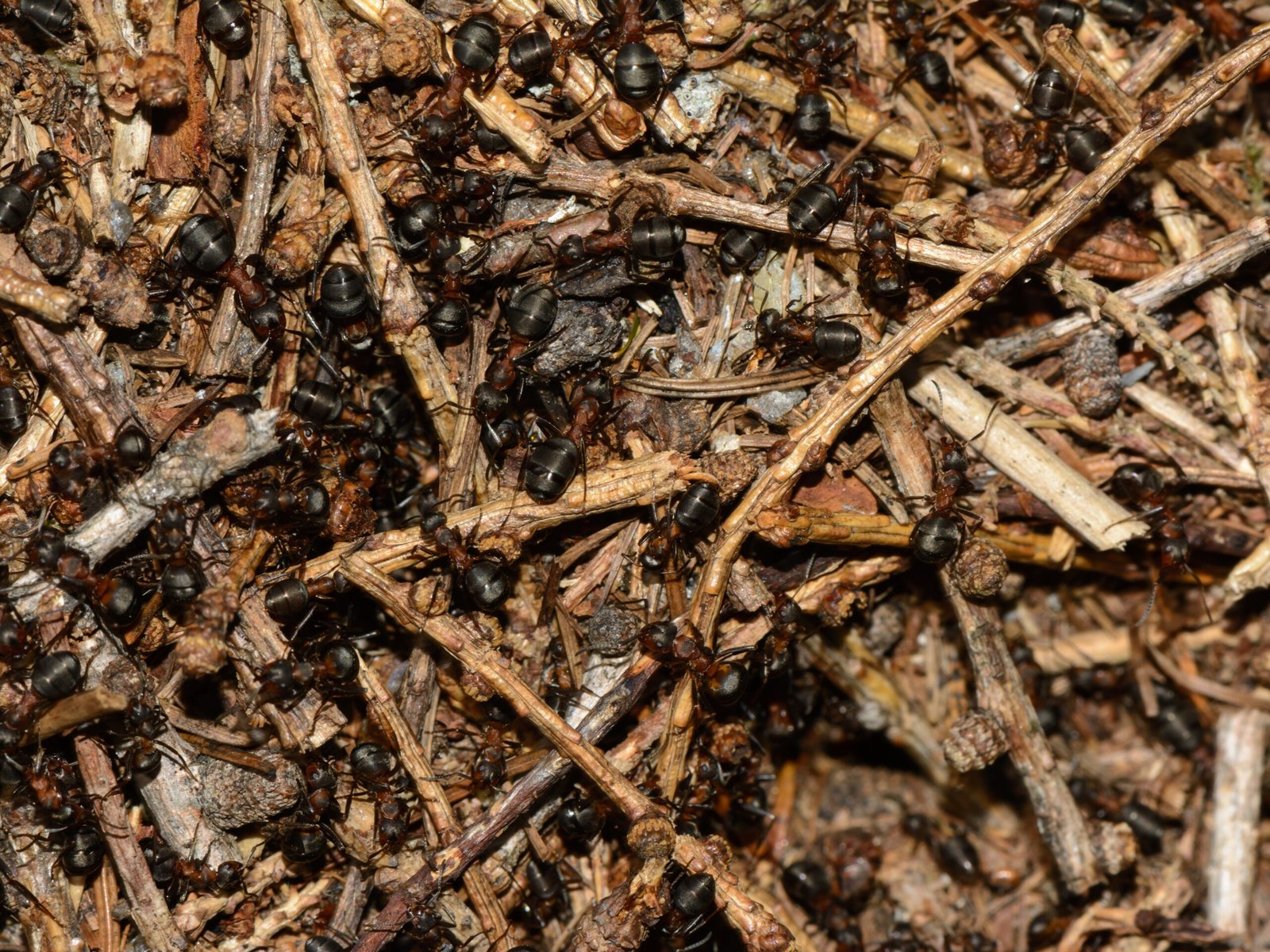
In the ant world, it’s all for one and one for all. Many ants will risk, or even give up, their lives for the good of the colony. They rescue trapped nestmates, care for injured workers, and work tirelessly without personal reward. This deep-rooted altruism is astonishing to scientists and challenges our understanding of what motivates animal behavior.
Rapid Response to Threats
When ants sense danger—be it a human foot or a rival insect—they react with lightning speed. Pheromone alarms trigger an immediate mass response, with workers swarming to confront the threat or evacuate vulnerable young. This rapid, coordinated reaction helps the colony survive sudden disasters, from a spilled glass of water to a chemical spray.
Ants and the Art of Deception
Some ants have mastered the dark arts of trickery and mimicry. Certain species can disguise their scent to infiltrate rival nests, stealing food or even young. Others pretend to be harmless or even feign death when threatened. In the wild, some ants mimic the appearance or behavior of more dangerous species to avoid predators. This cunning approach to survival is yet another sign of their hidden intelligence.
Learning from Experience: Ants Remember and Adapt
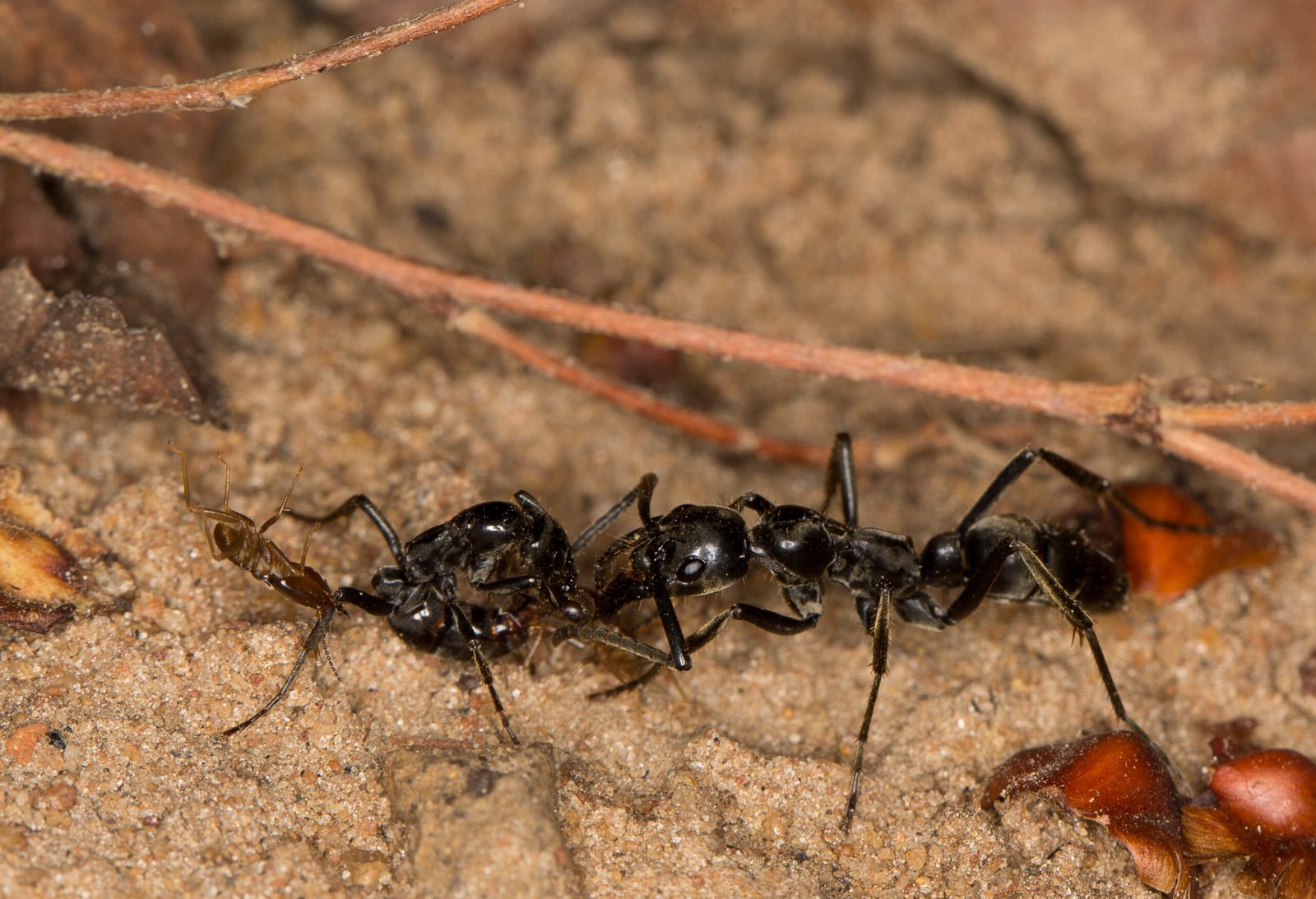
When ants encounter obstacles or dangers in your flat, they don’t just forget about it. Instead, they remember what happened and change their behavior. A colony that lost workers to a cleaning spray might avoid that area in the future, or send fewer scouts. This ability to learn from mistakes and adapt strategies helps them thrive in the ever-changing environment of an HDB flat.
Ants and the Human Connection
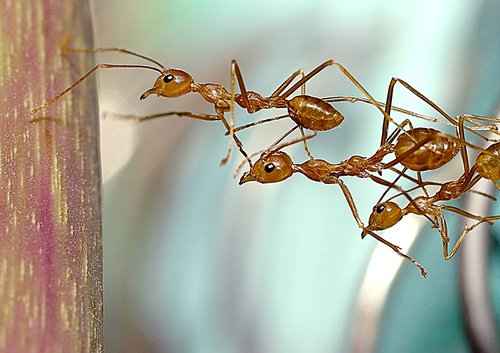
The relationship between ants and humans is a complicated dance of conflict and coexistence. While we often battle to keep them out of our food, ants have lived alongside us for centuries, adapting to every trick we throw at them. Their resilience, adaptability, and intelligence are a testament to nature’s ingenuity. By observing how they organize, cooperate, and innovate, we might just learn a thing or two about teamwork, resourcefulness, and survival.
Why Ants Deserve Our Respect
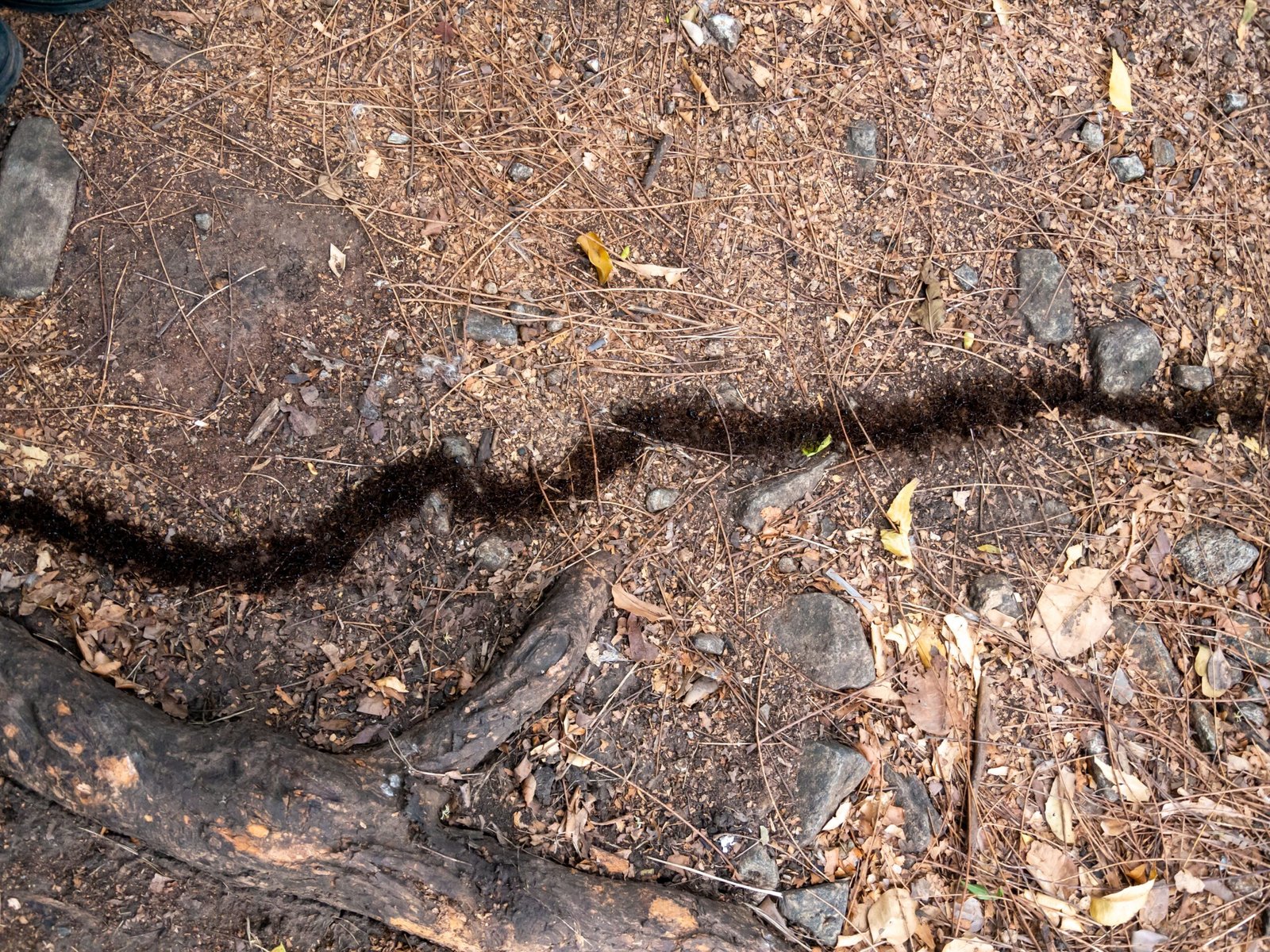
It’s easy to overlook ants as simple pests, but their complex societies and remarkable skills make them worthy of admiration. Each time you spot a trail winding across your countertop, remember that you’re witnessing the efforts of a community as organized and intelligent as our own. Maybe next time, you’ll pause before reaching for the insect spray—and instead, marvel at the tiny geniuses marching through your HDB flat.
Ants are more than just unwelcome guests; they are brilliant survivors, engineers, and social creatures with lessons to teach us about resilience, cooperation, and adaptation. Their presence in your HDB flat is a reminder of the hidden wonders of nature unfolding right beneath your nose.




